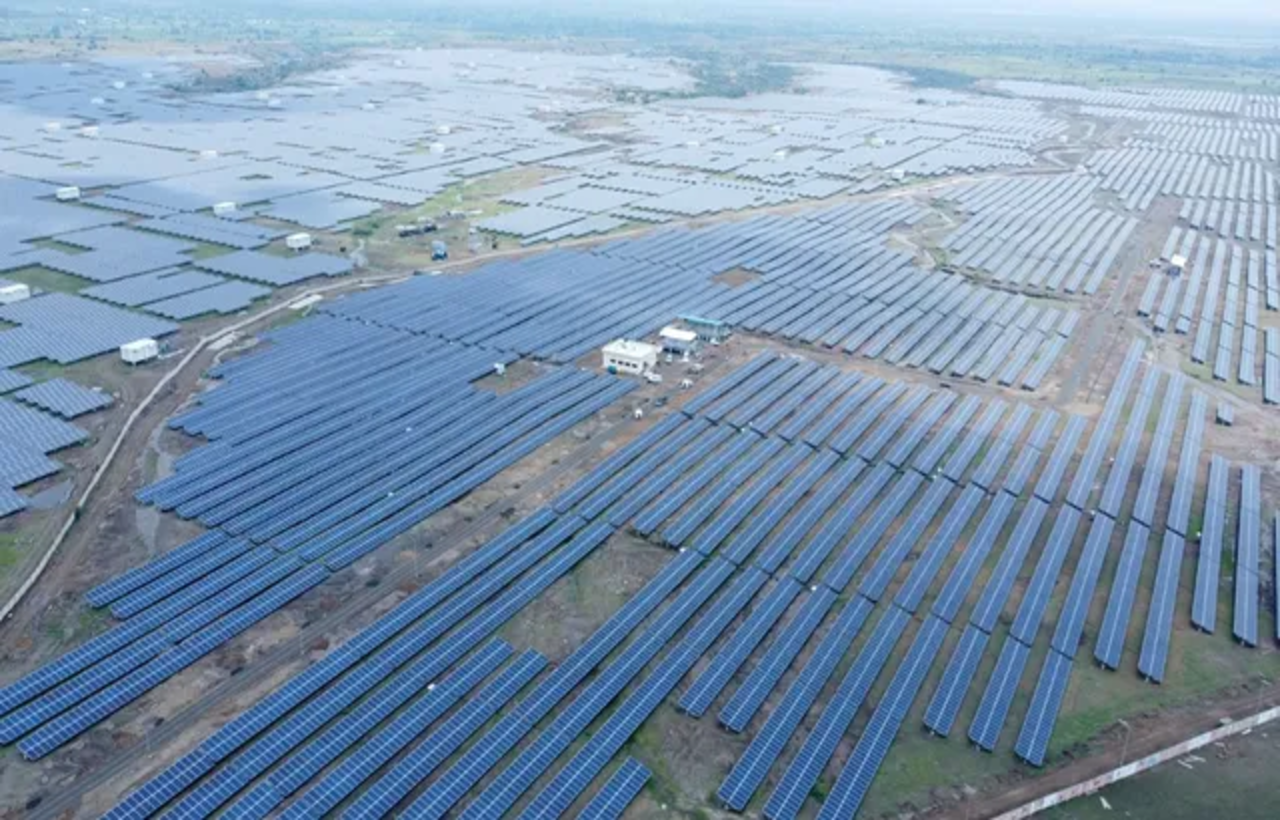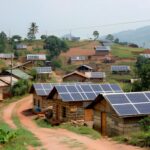

With a target of 500 GW of non-fossil power capacity by 2030, India is making significant progress, but not at the pace required.
In 2024, India added nearly 28 gigawatts (GW) of solar and wind capacity, setting a new record for annual additions. Solar power alone accounted for 70% of these additions, reinforcing its role as the backbone of India’s energy transition.
Yet, despite this momentum, fossil fuels still contributed more than two-thirds of the total increase in power generation last year.
According to the latest report from Global Energy Monitor (GEM), India must double its annual solar and wind capacity additions over the next five years to stay on track to meet its 2030 targets.
Why Solar is India’s Best Bet for Clean Energy Growth
1. Utility-Scale Solar Must Accelerate
India’s renewable pipeline is strong, but its expansion must outpace fossil fuel growth. Despite record installations, India still plans to increase its coal-fired capacity by 80 GW by 2031-32, raising concerns about long-term energy sustainability.
Solar, especially large-scale utility projects, must be deployed at a much faster rate to ensure that renewables can offset the expansion of coal. The growing adoption of floating solar farms, hybrid solar-wind projects, and agrivoltaics presents a significant opportunity to push solar deployment beyond traditional land-based installations.
2. Strengthening Transmission and Storage Infrastructure
One of the biggest challenges facing India’s solar growth is inadequate transmission infrastructure and limited energy storage capacity. While solar power is abundant, its intermittent nature requires robust storage solutions and grid integration to ensure reliability.
Investing in advanced battery storage technologies, pumped hydro storage, and smart grid solutions is essential to improve grid stability and maximize the use of solar power.
The government must also accelerate the expansion of high-voltage transmission lines to facilitate seamless distribution of solar energy from generation hubs to high-demand areas.
3. Policy and Financial Support is Key
While solar costs have declined significantly in recent years, higher financing costs remain a key barrier to large-scale adoption.
Public-private partnerships, innovative financing models, and policy interventions, such as long-term power purchase agreements (PPAs) and viability gap funding (VGF) will play a critical role in making solar projects more viable and bankable.
Read more about how you can take advantage of Government Incentives here.
4. Expanding Beyond Utility-Scale
While utility-scale projects are leading the charge, rooftop solar and decentralized solar solutions must be aggressively expanded.
Urban centers must increase adoption of rooftop solar on commercial and residential buildings.
Rural electrification efforts should prioritize off-grid solar solutions to power remote communities, reducing dependency on fossil fuels.
Industrial and agricultural sectors must integrate captive solar power generation, reducing operational costs while advancing sustainability goals.
India’s ability to meet its 2030 energy targets depends on how fast and effectively it can scale solar deployment. The challenge is not just about adding capacity, it’s about ensuring that solar energy replaces fossil power as the dominant source in India’s energy mix.
At REnergo, we are committed to driving India’s solar transformation, supporting large-scale projects, advocating for innovation, and enabling a cleaner, more sustainable energy future.

